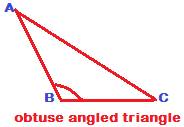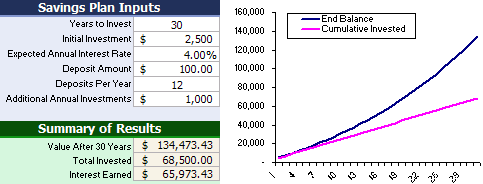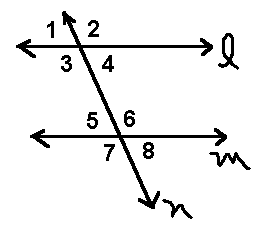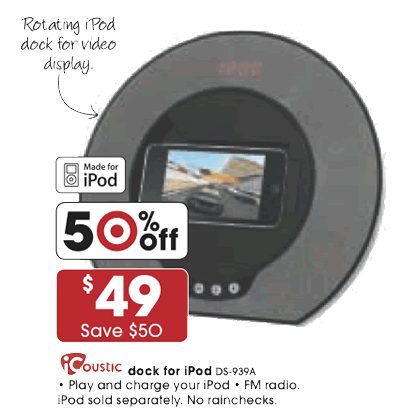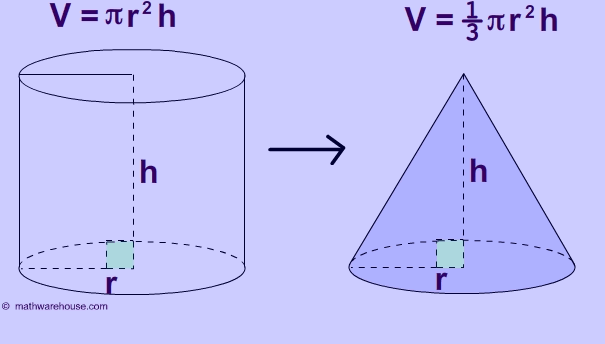Surface Area and Volume of a Building
The Harold Washington Library is in the shape of a rectangular prism for the
main building. I want to find
the surface area and volume of the building.
The surface area of is the total area of all the faces. Surface area is measured in square units (cm²)
because like area it is the amount of material that covers a flat surface and
can be put into square units of measure.
The other measurement that I want to show is the volume which is the
space inside the figure. Volume is
measured in cubic units (cm³) because it is measuring the units inside of a 3
dimensional figure.
The HWL is approximately 50 feet long, 25 feet wide and 30 feet tall.
SA= 2 (lxw) + 2 (lxh) +2 (wxh)
SA= 2 (50x25) + 2 (50x30) + 2(25x30)
SA = 2 (1,250) + 2 (1500) + 2 (750)
SA = 2,500 + 3000 + 1500
SA = 5,500 + 1500
Surface Area = 7,000 square feet
I found the surface area of the rectangular prism by
measuring the area of the 6 faces of the prism.
I knew there were 6 faces from the net drawing of a rectangular prism. First I knew the building was 50 ft. length, 25 ft. width, and 30 ft. height and put them into the equation. SA= 2 (lxw) + 2(lxh) + 2(wxh). I multiplied inside parentheses first. For example, 50x25=1,250. Then I knew that the 2 on the outside meant to multiply since there was a number next to a parentheses. So I multiplied 2 times 1,250 to get 2,500 using mental math. I multiplied by two because I knew the top and the bottom of the prism were the same size. The front and back
sides were each 750 square feet, or 25 times 30, and the top and bottom were
each 1,250 which was found by multiplying 50 by 25. Then I doubled the front to find the total
area of the front and back sides since they were both 25 by 30. 1500 times 2
equaled 3,000. The
combined surface area was found by adding all these areas together 2,500 +
3,000 + 1,500 was 7,000 square feet. I checked my answer using a calculator and found the surface area of the rectangular prism would be 7,000 square feet.
Volume of a rectangular prism= Length x Width x Height
Volume = 50 x 25 x 30 =
37,500 cubic feet
The volume of the figure was found by using an
equation. I knew that the base of the figure
was 50 by 25 feet. So, I multiplied 50
times 25 to get 1,250 square feet. The
height of the rectangular prism was 30 feet, so I multiplied the base times the
height to find out how much volume spans up the height of the prism. I found that 1,250 times 30 was 37,500 cubic
feet. The volume of the rectangular
prism is 37,500 cubic feet.


